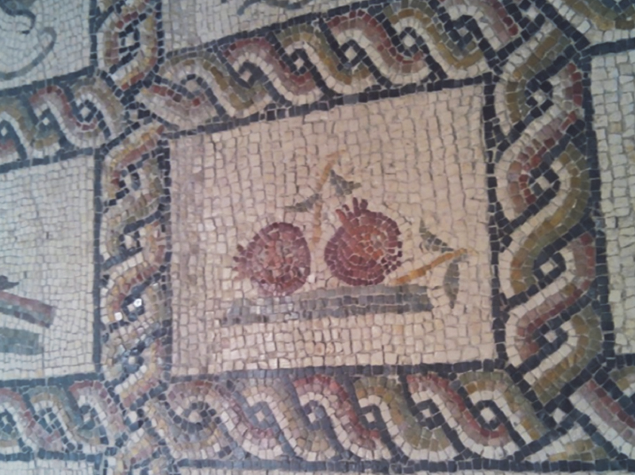
Articolo pubblicato sulla rivista FRUITS
A.Giancaspro2, A. Mazzeo1, L.S. Giove2, D. Zito2, I. Marcotuli2, A. Gallotta1, P. Colasuonno2, D. Nigro1, A. Blanco1, M. Aradhya3, A. Gadaleta2 and G. Ferrara1a
1 Department of Soil, Plant and Food Sciences, University of Bari “Aldo Moro”, Via G. Amendola 165/A, 70126 – Bari, Italy
2 Department of Environmental and Territorial Sciences, University of Bari “Aldo Moro”, Via G. Amendola 165/A, 70126 – Bari, Italy
3 National Clonal Germplasm Repository, USDA-ARS, University of California, One Shields Ave, Davis, CA 95616, USA
aCorresponding author: [email protected]
Summary
Introduction. Nowadays demand for pomegranate (Punica granatum L.) as fresh fruit and derived products (arils, juice, jam, etc.) has been considerably rising due to increased awareness about its nutritive value and nutraceutical properties. Consequently, genetic improvement efforts are focused on the identification of the most productive and nutritionally valuable genotypes for commercial production. Evaluation of pomegranate germplasm has usually been based on morpho-pomological traits such as yield, fruit size, seed-hardness, juice sweetness, rind and aril color, antioxidant activity, fatty acids, polyphenols and anthocyanin content, whereas genetic studies received less attention.
Materials and methods. Microsatellite (SSR) markers have been employed to estimate genetic diversity and determine the genetic structure in a collection of pomegranate accessions including both selections and cultivars with different origins/disseminations and pomological traits.
Results and discussion. The overall genetic diversity analysis was able to group pomegranate germplasm into clusters according to both geographical origin/diffusion and pomological traits, such as juice sweetness, skin and aril color. Moreover, pomegranate accessions from different geographical areas appeared more similar in comparison with those accessions within the same origin. The SSR classification was consistent with either the morphological description (juice taste and skin/aril color) or the geographical origin/diffusion, thus confirming the intense germplasm flow since ancient times from Asia to Mediterranean areas such as Southern Italy, Spain and Northern Africa.
Conclusion. Microsatellites were able to establish genetic relationships among the different pomegranate selections and cultivars and allowed to identify synonyms and homonyms. They proved powerful tools for genetic improvement programs combining complementary traits addressing the new marker needs.
Keywords: pomegranate, Punica granatum, genetic diversity, germplasm management, microsatellites (SSR), population structure








